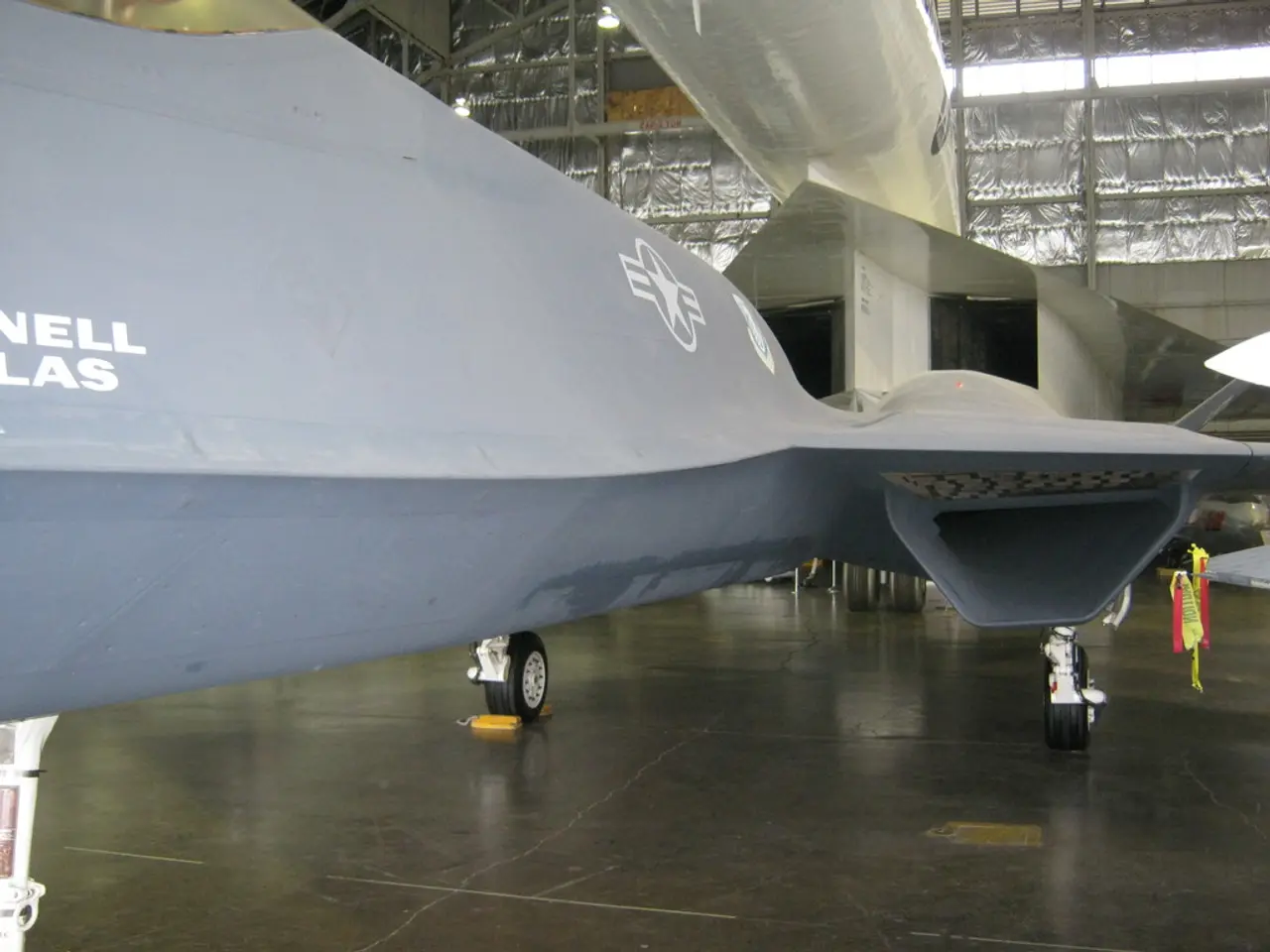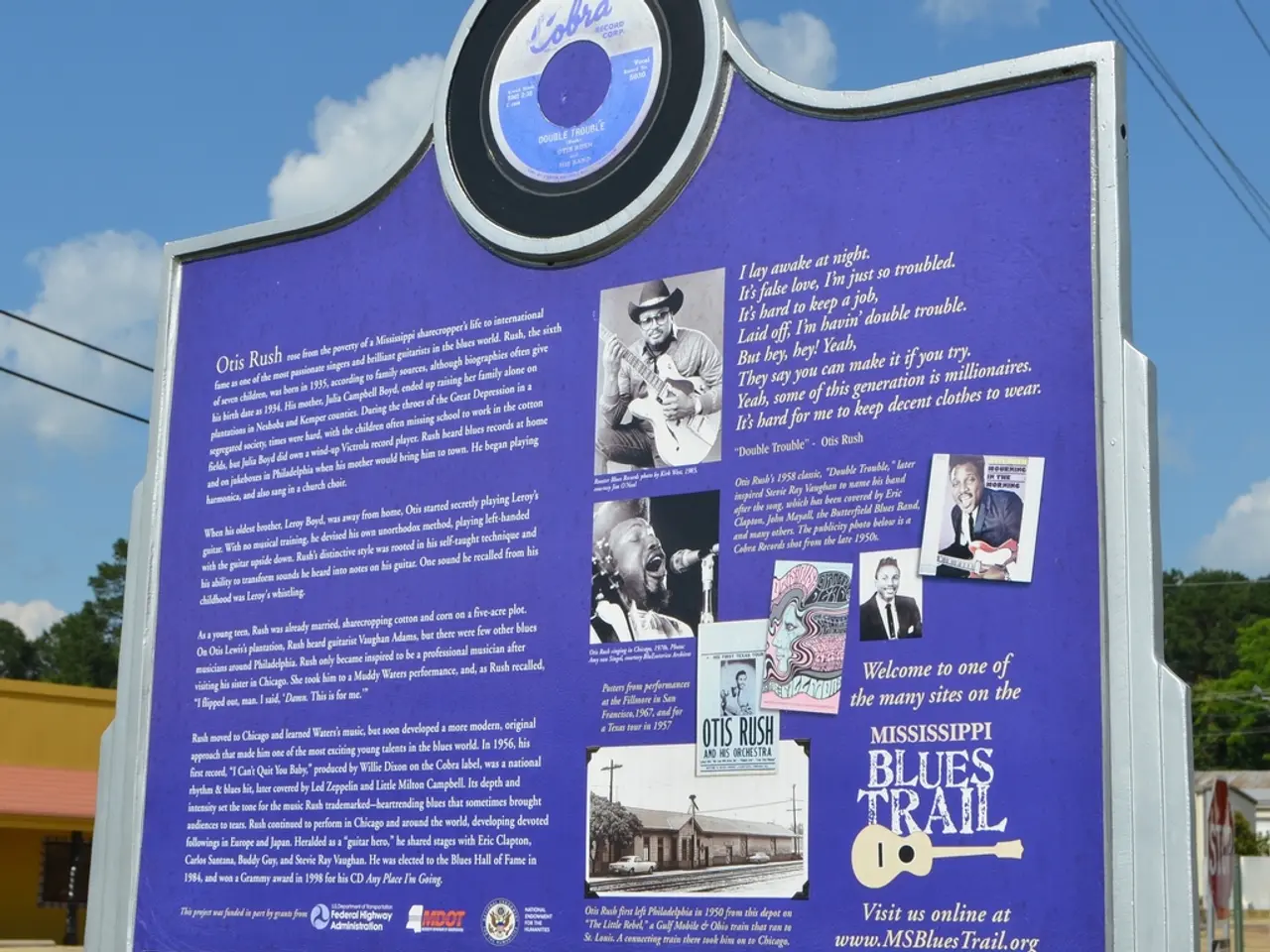Prioritizing Artificial Intelligence in Recruitment Procedures
The escalating battle between human workforce and artificial intelligence (AI) is advancing at an unprecedented pace, yet our collective strategy for adaptation remains lagging. A recent landmark move by AI First Hiring has set the course for widespread AI integration, potentially redefining the future of employment.
The AI-driven workforce takeover has intensified, as AI First Hiring's policy is poised to become the new standard. This shift could gradually displace human workers, significantly reshaping the employment landscape. In the event of mass layoffs, it could potentially lead to turmoil, but the process could also unfold gradually, with retiring employees being replaced by AI over time.
With inflated efficiency as the stated goal, companies favoring AI-replaced human workforce may experience profit gains from reduced labor costs. However, critics argue that this influx of AI could prove detrimental, leading to the destruction of industries and mass unemployment, especially among those with fewer means to adapt quickly.
Some speculate that the AI revolution might align with a global depopulation and enslavement agenda, which could deepen the humanitarian crisis. An alternative utopian vision for the future suggests that AI-powered systems might create prosperous societies, providing everyone with the means to pursue creative endeavors while their basic needs are met by AI. However, this vision seems improbable, considering the historical patterns of tyrants' exploitation of their subjects.
As organizations gravitate toward AI-driven efficiency, the onus falls on individuals to respond to these policies as a threat to their earning power and, by extension, their freedom. Workers can choose to resist such policies, at the risk of losing their jobs due to their stated focus on efficiency. Alternatively, they can collaborate with AI, using its advantages to adapt and create safeguards against societal upheaval, such as addressing the potential poverty crisis brought about by the ubiquitous use of AI.
One example of this shift is Shopify's new mandate to justify the need for human hiring when AI alternatives are available. With growing investments in AI tools, companies like Shopify, Google, and Meta are altering roles across various sectors, from customer service to coding, as AI capabilities expand beyond computers and into more aspects of human life.
AI-driven tools are not solely aimed at replacing humans but are intended to augment human productivity, allowing people to tackle higher-value work. Such advancements, while eliminating certain roles, can also open opportunities for growth and innovation in their place. However, there are concerns about the rapid upskilling required to adapt and the potentially disproportionate impacts on those in junior or repetitive roles.
Shopify's workforce has gradually decreased from 8,300 to 8,100 since 2023, coinciding with a broader trend of tech layoffs (152,000+ in 2024) as the tech industry prioritizes AI-driven productivity over traditional hiring.
For policymakers and businesses, this growing dependence on AI raises important questions about worker reskilling, ethical considerations, and fair labor practices. Proposed federal guidelines and the EU's AI Act seek to balance innovation with worker protections, yet legislation lags behind technological advancements.
As Shopify's AI-centric hiring mandate sets a precedent, other industries like legal, marketing, and finance are increasingly adopting AI for tasks like contract review and data analysis.
In the long run, profound shifts in productivity and employment are imminent, with human-AI collaboration set to become the norm in various sectors. Workforce rehabilitation and protection measures are needed as organizations adapt to the AI-driven landscape, ensuring that society adapts not just to the collaborative power of AI, but to the ethical and social implications of its integration.
Sources:CNBC.comDiscussion.fool.comTheVerge.com
[Original Article: https://www.naturalnews.com/2025-04-09-shopify-ceo-mandates-ai-first-hiring-policy.html]
- The integration of artificial intelligence (AI) into the workforce could potentially lead to a significant reshaping of the employment landscape, as AI-first hiring policies become more prevalent.
- As the AI revolution unfolds, workers may find themselves displaced, with companies favoring AI-replaced human workforce for higher efficiency and reduced labor costs.
- The widespread use of AI could lead to prosperous societies, providing everyone with the means to pursue creative endeavors, but critics argue that it could also result in the destruction of industries and mass unemployment.
- With the growing dependence on AI, policymakers and businesses need to address important questions about worker reskilling, ethical considerations, and fair labor practices to ensure a smooth transition into the AI-driven landscape.




